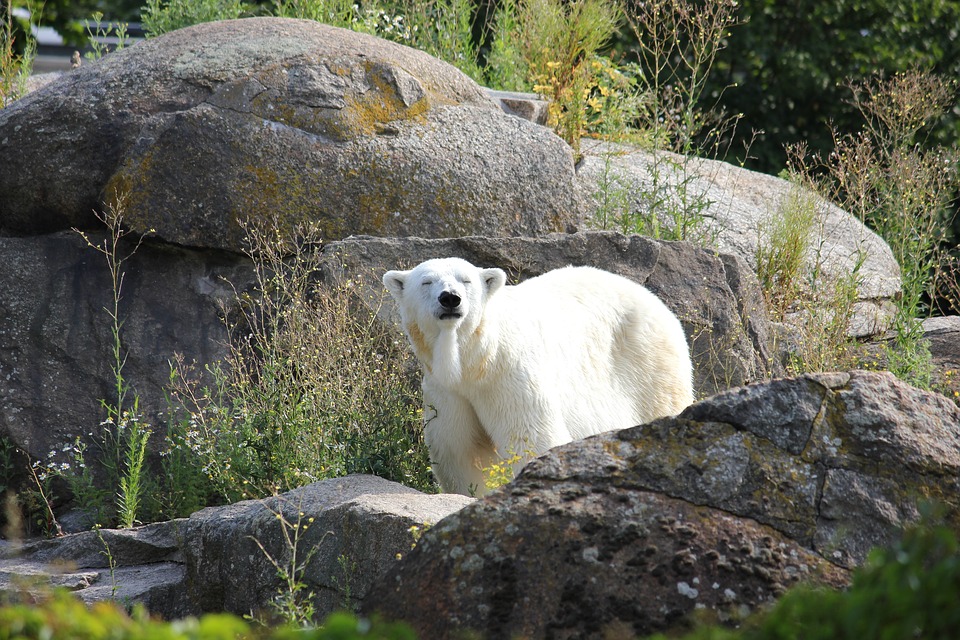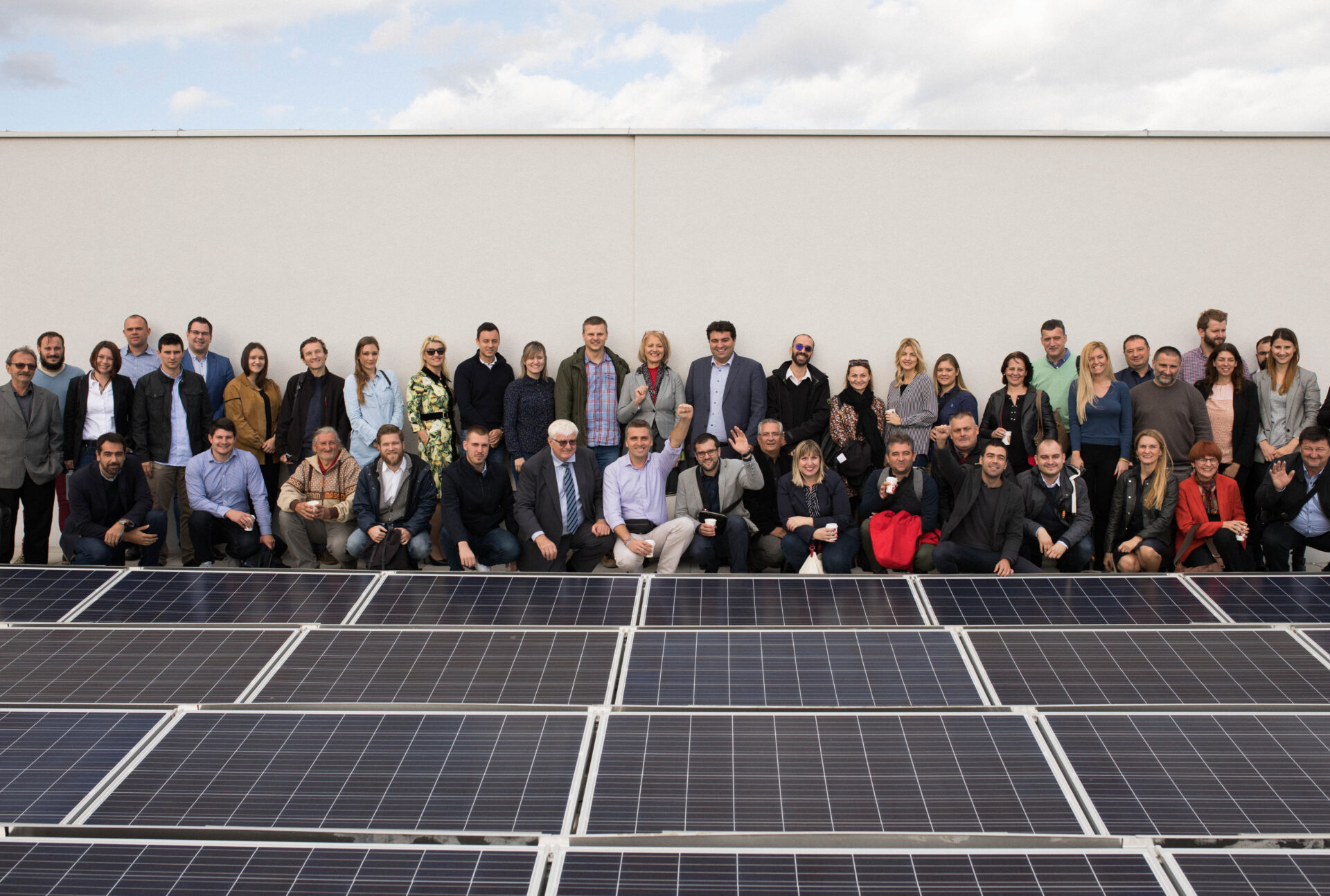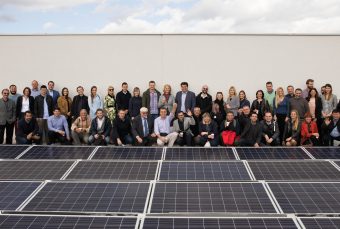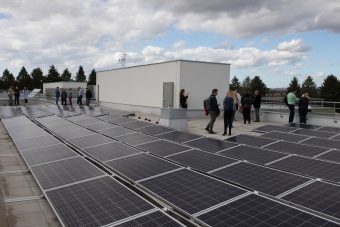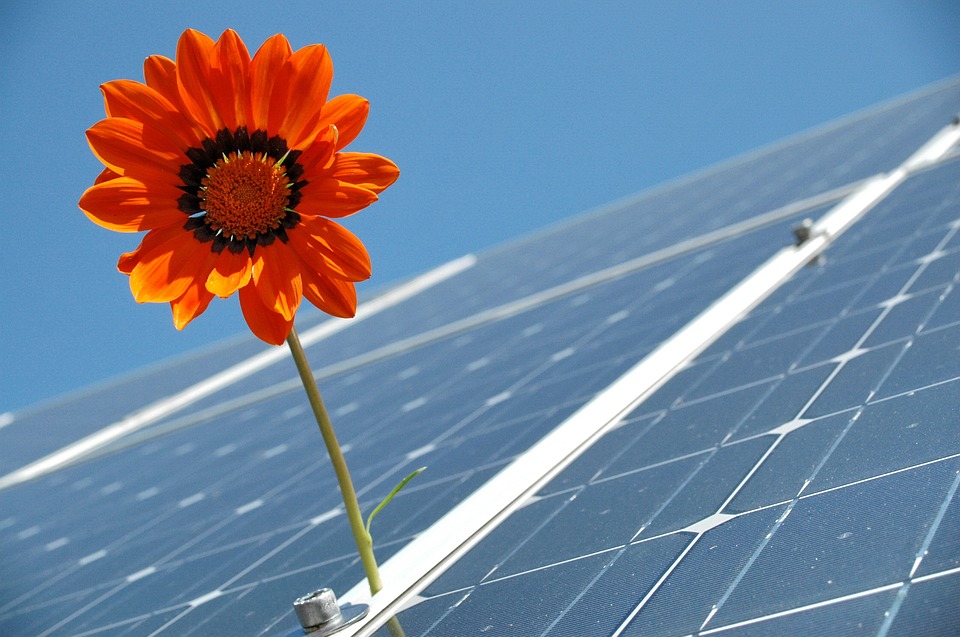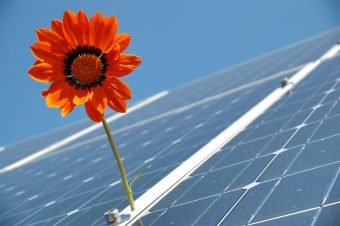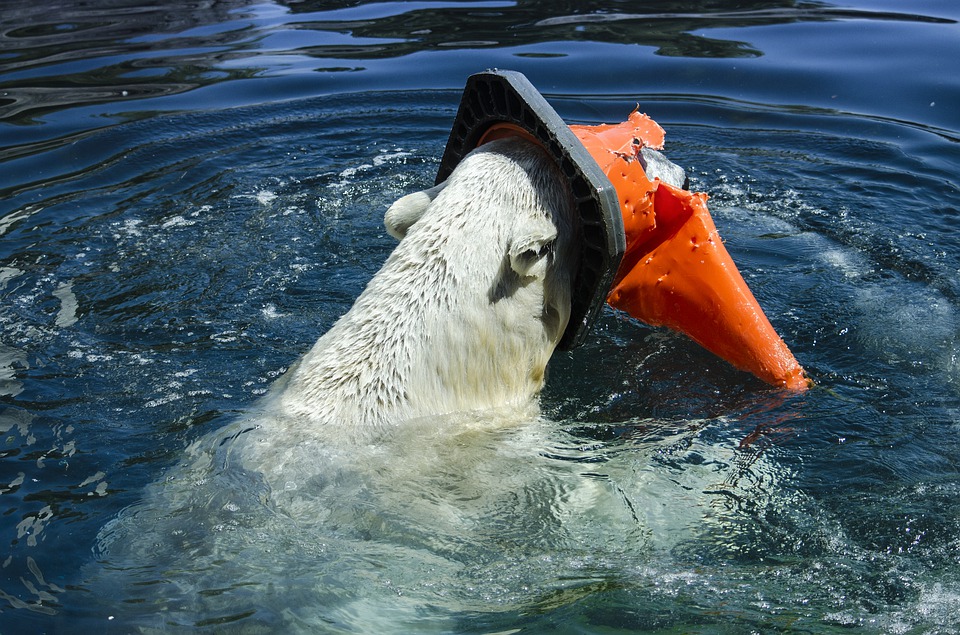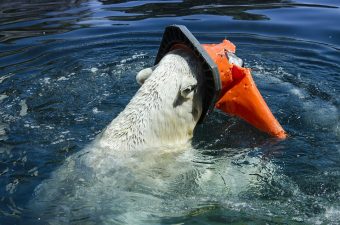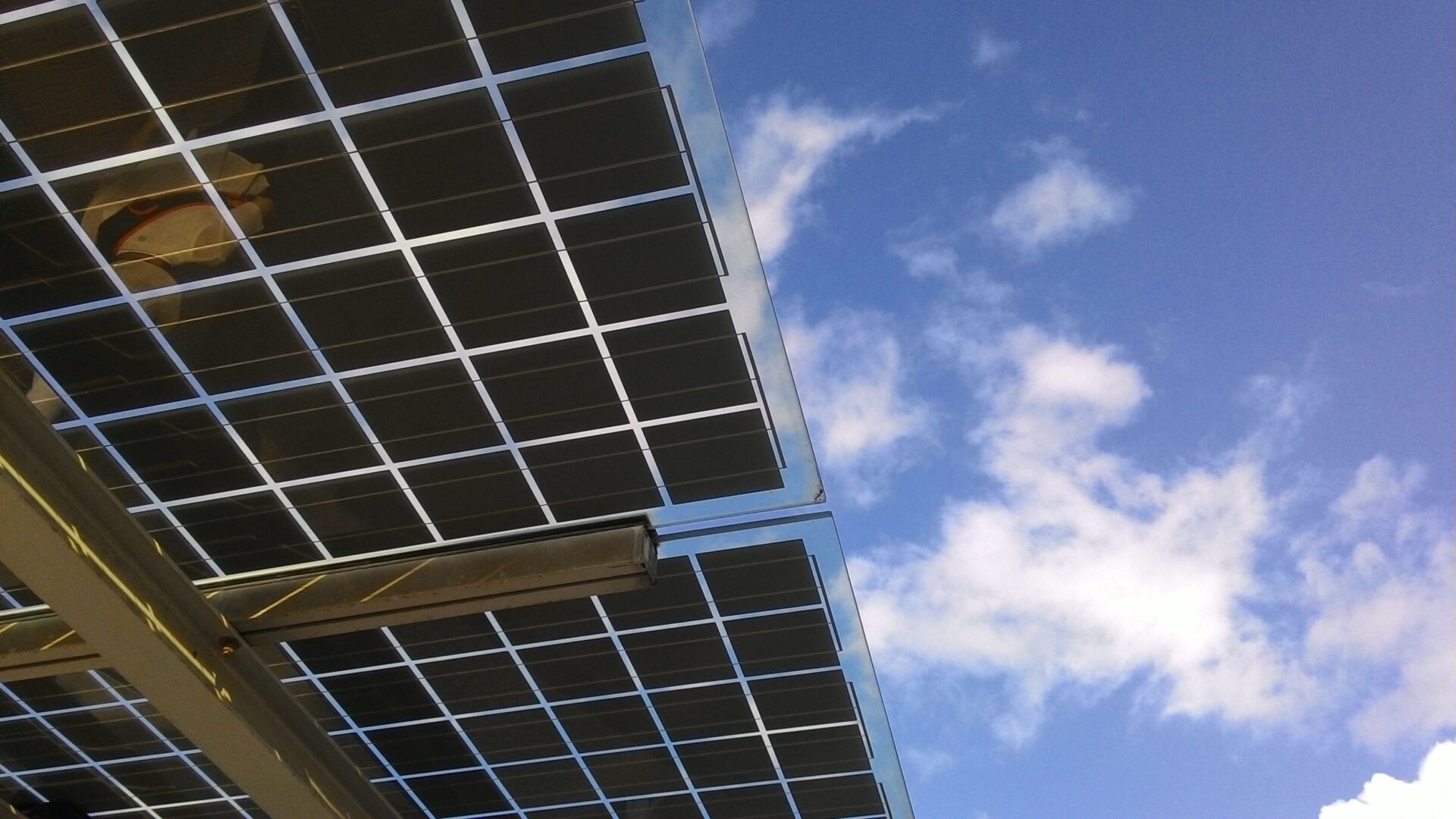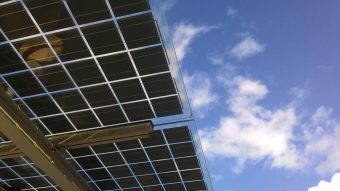Chickens at a farm in Scotland are now generating their own heat and power.

More than 128,000 hens at the Glenhead of Aldouran Farm in Stranraer are not only producing thousands of eggs but also creating enough manure to provide a reliable energy feedstock for the farm.
This innovative approach, which will help manage the regular power cuts that affect the area, was developed by farm owner James Baxter using an Organic Rankine Cycle (ORC) system, powered by Novec Engineered Fluids from science-based technology company 3M.
The system uses chicken manure to fire a biomass boiler and feed a 90kW electrical system, which in turn generates heat and power.
The boiler produces hot water at 150°C, providing 750Wth of heat.
The 3M fluid absorbs heat from the chicken manure and is converted into a vapour to drive a turbine.
James Baxter, owner of Glenhead of Aldouran Farm, explains: “This biomass project is a win-win-win. The chicken manure is processed and the boiler ash can be reused as fertiliser because of its remaining nutrients.
“The electricity is used on site to save on utility costs and the chicken sheds are heated with the condensing heat of the ORC, therefore we don’t need a separate wood chip boiler to heat the sheds.”
Source: Energy Live News




